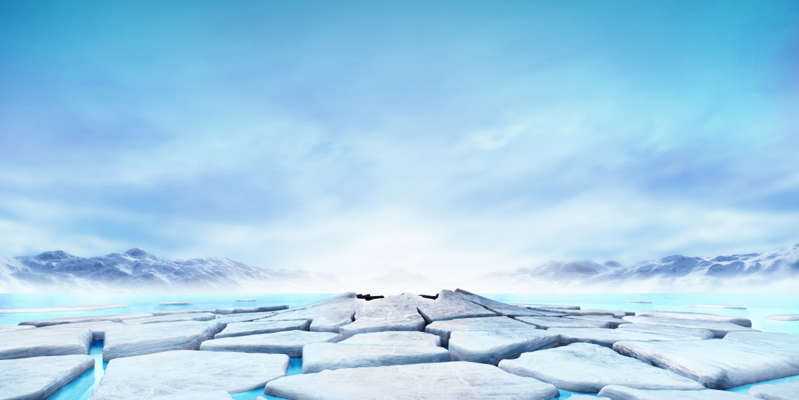Melting permafrost could release nuclear waste
A group of scientists from the University of Aberystwyth (UK) have named a new threat of global warming. For example, the melting of permafrost could release a dangerous “legacy” of the Cold War – nuclear waste, which is still radioactive. In addition, the release of pathogenic microorganisms is possible, reports Nature Climate Change.
Research has shown that by 2100, two-thirds of the Arctic's near-surface permafrost could be destroyed. This region is warming three times faster than the rest of the world.
Meanwhile, the Soviet Union carried out about 130 nuclear tests in this zone, due to which a large amount of stable radioactive substances got into the atmosphere. The United States also contributed to the accumulation of nuclear waste by establishing the Camp Century Research Center. It is located under the ice in Greenland and was powered by nuclear energy.
Along with nuclear waste, hundreds of microorganisms are frozen in the ice. As the permafrost melts, they can mix with melt water and create new antibiotic-resistant virus strains. Scientists have already identified over a hundred “ice” bacteria that have proven immune to existing drugs.
“Viruses that are millennia old can wreak havoc on society if they break out of the icy prison,” the study said.
There are already examples of this. So, in 2016 in Siberia, a 70-year-old carcass of a deer that died of anthrax thawed out. The causative agents of the disease were still active; after contact with them, the child died.
Another potential threat is natural metals. Arsenic, mercury and nickel have been mined in the Arctic for decades, contaminating tens of millions of hectares. If these compounds get into the water, they can poison game animals and fish.
“We need to learn more about the fate of these harmful microbes, pollutants and nuclear materials in order to properly understand the threats they can pose,” the scientists said.
Scientists have previously trained artificial intelligence to predict the disappearance of ice in the Arctic. The accuracy of his conclusions reaches 95%.

